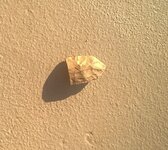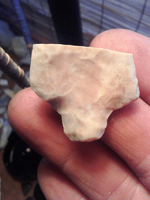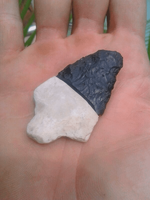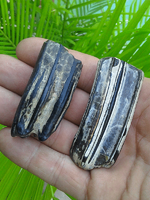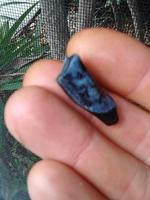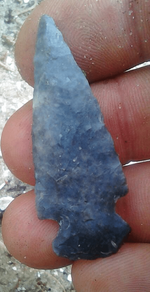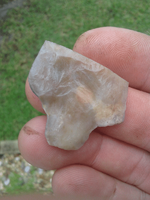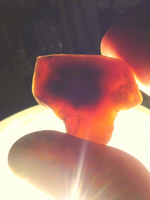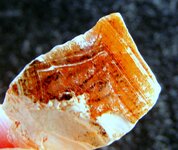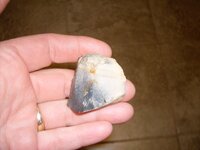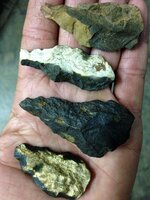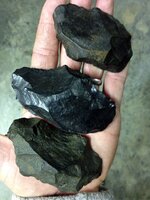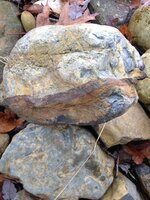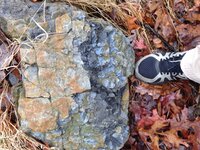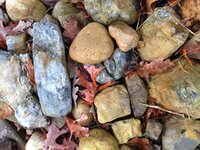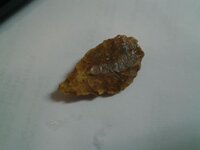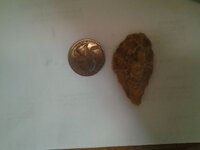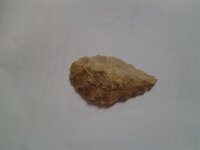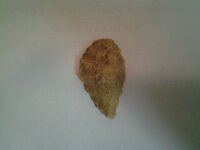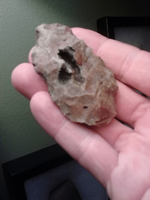monsterrack
Silver Member
- Apr 15, 2013
- 4,419
- 5,815
- Detector(s) used
- Garrett, and Whites
- Primary Interest:
- All Treasure Hunting
I hear folks talking about patina on artifact and when they seem to have a stain from something then they are real in some folks eyes but when there is no patina then RED flags go a flying. Patina comes from the matrix that is around a artifact, so if found in the same field and creek then they should have the same patina right, no that is wrong. In this great country we have all types of soils and water ways and everyone makes a different patina. What you find on one point in one field may not be the same across the road and what you may find in a creek should have the same patina every time right, wrong again. This photo shows my point to this thread, all of these artifacts where found in the same creek, in the same water, but look at the difference in the patina, some are heavy and some show hardly none at all.
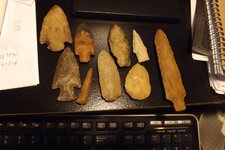 All the artifacts shown in the photo was found within 1/4mi of each other
All the artifacts shown in the photo was found within 1/4mi of each other
Don't let patina stain be your ruling judge on a artifact, learn what the chipping should look like for that style and stone type for that part of the country. So many pass judgment on artifacts because the patina is not what it looks like around their area or what they have seen from other artifacts. Like the artifacts I have shown they don't always have patina on them.
 All the artifacts shown in the photo was found within 1/4mi of each other
All the artifacts shown in the photo was found within 1/4mi of each otherDon't let patina stain be your ruling judge on a artifact, learn what the chipping should look like for that style and stone type for that part of the country. So many pass judgment on artifacts because the patina is not what it looks like around their area or what they have seen from other artifacts. Like the artifacts I have shown they don't always have patina on them.
Upvote
0



